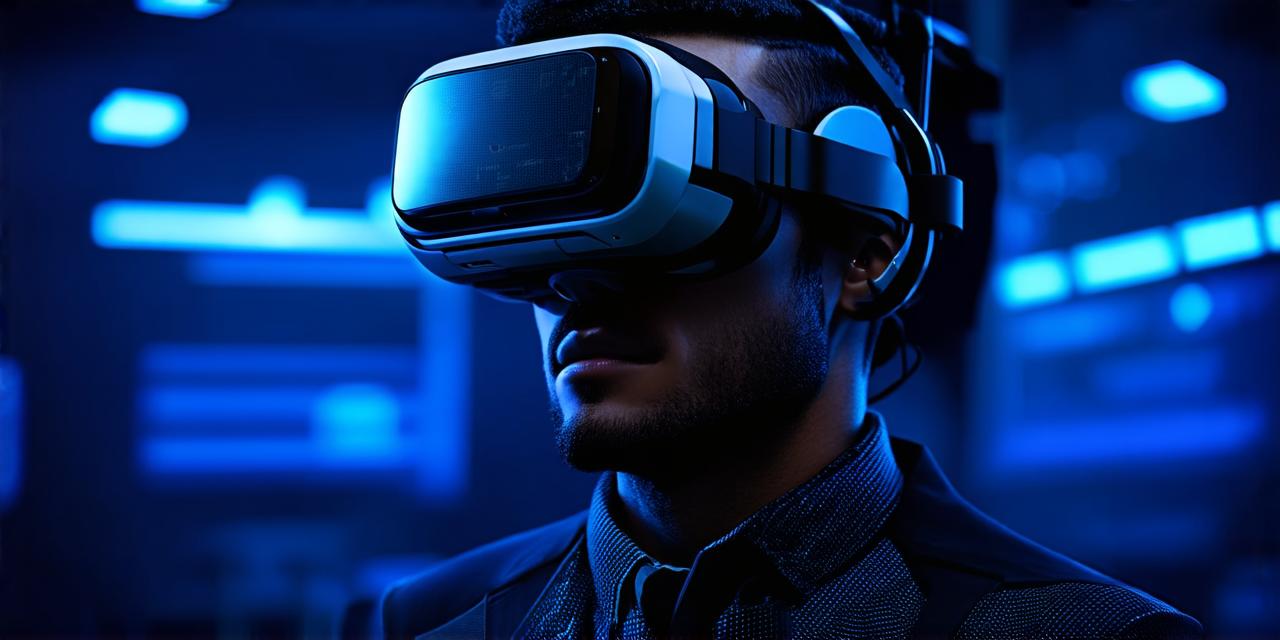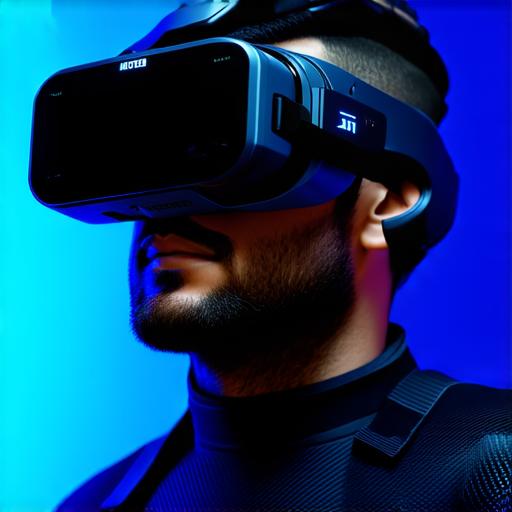
What is the best definition of virtual reality?
Virtual reality technology has been advancing at a rapid pace over the past few decades. The ability to create immersive and interactive experiences in a computer-generated environment has captured the imagination of people across various industries, from gaming to healthcare.
Table of Contents
ToggleWhat is Virtual Reality Technology?
Virtual reality technology refers to the tools and techniques used to create an artificial environment that simulates a real-world or imaginary experience. The goal of VR is to provide users with a sense of presence in a virtual world, where they can interact with objects and other entities as if they were in the real world.
Virtual reality technology consists of several components, including hardware and software. The hardware typically involves a headset, controllers, sensors, and computers, while the software includes VR applications that are designed specifically for the virtual environment.
The Different Types of Virtual Reality
There are several types of virtual reality technology, each with its own unique characteristics and applications. The most common types include:
- Desktop VR: This type of VR requires a high-powered computer and a separate headset to create an immersive experience. Desktop VR is often used for gaming and entertainment purposes.
- Mobile VR: Mobile VR is designed specifically for smartphones and tablets, and allows users to experience virtual reality on the go. Mobile VR applications are available for both Android and iOS devices.
- Wearable VR: Wearable VR involves a headset that is worn on the user’s head and tracks their movements in real-time. This type of VR is often used for training and simulation purposes, such as in the military or aviation industries.
- Augmented Reality (AR): AR is a type of virtual reality that overlays digital information onto the real world. This creates an interactive experience that blends virtual elements with the physical environment. AR applications are commonly used in gaming and education.

The Potential Applications of Virtual Reality
Virtual reality technology has the potential to revolutionize many industries, including:
- Gaming: VR games offer a highly immersive and interactive experience that can transport players into new worlds and environments.
- Healthcare: Virtual reality is being used in healthcare for training medical professionals, as well as for treating patients with conditions such as PTSD, anxiety disorders, and chronic pain.
- Education: VR technology has the potential to revolutionize education by providing students with immersive learning experiences that can help them better understand complex concepts.
- Tourism and Hospitality: Virtual reality is being used to offer virtual tours of museums, historical sites, and other attractions, allowing people to experience these locations from the comfort of their own homes.
- Training and Simulation: VR technology is being used for training in a variety of industries, including military, aviation, and emergency services, as well as for simulating complex processes and procedures.
Conclusion
Virtual reality technology offers a wide range of potential applications and benefits. While there are several different types of VR technology available, each with its own unique characteristics, the underlying principle remains the same: creating an immersive and interactive experience that can transport users into new worlds and environments. As virtual reality continues to evolve, we can expect to see even more exciting and innovative uses of this technology in the future.

